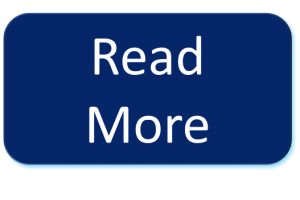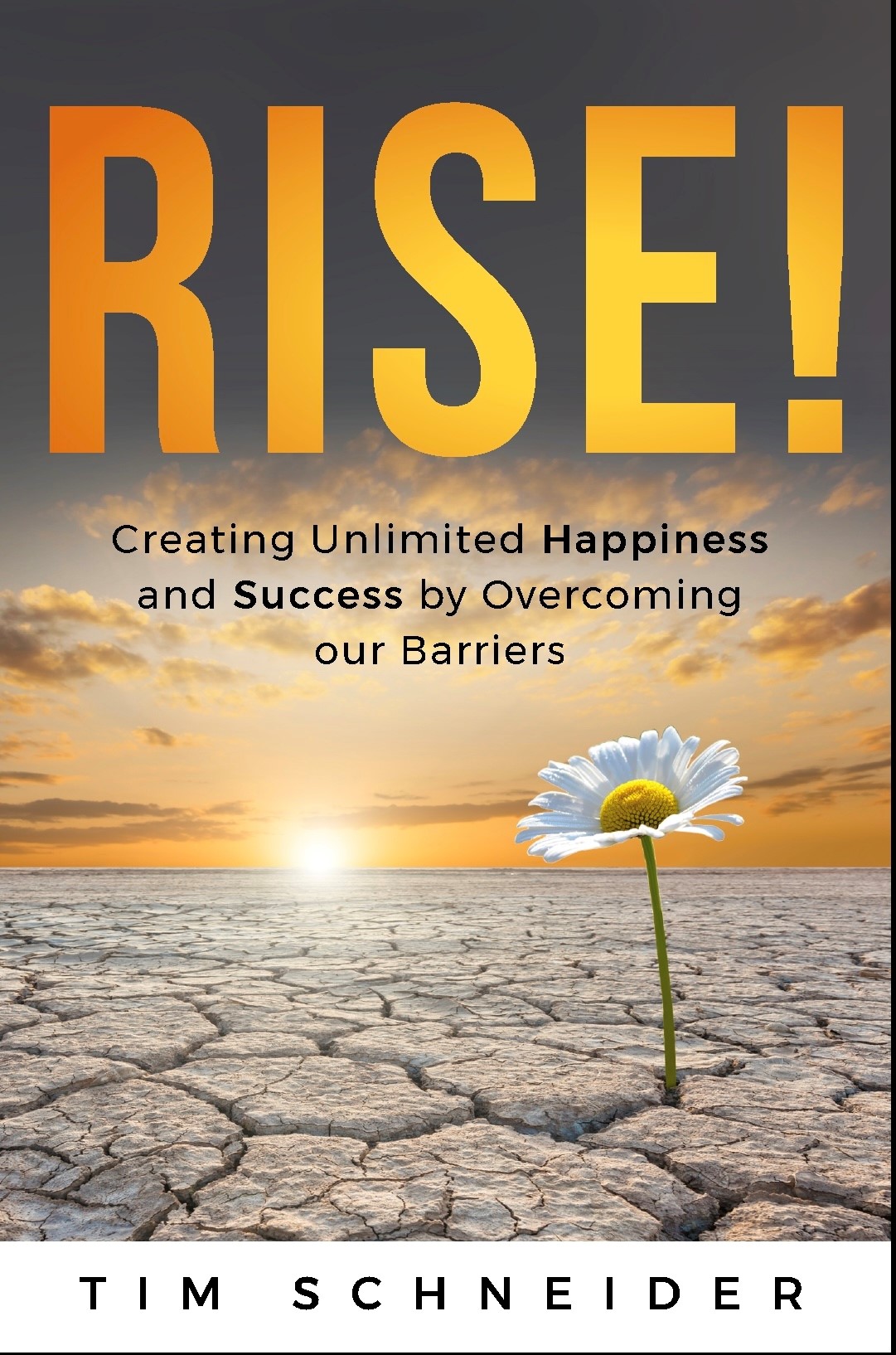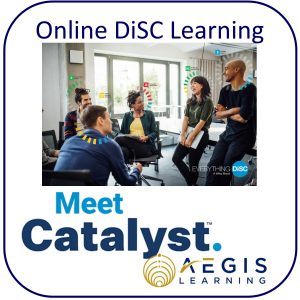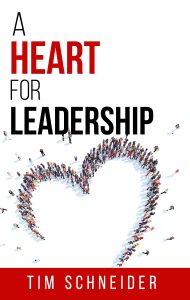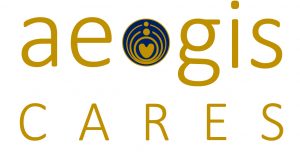By Amy McKee
Last week, we covered the Measure and Analyze phases within the DMAIC framework.
From a people perspective, this is often a place where the right people are excluded as things get measured. The results you come up with in the Measure and Analyze phases will be critical to the overall implementation acceptance. Here are 3 important tips to consider from a people aspect:
1. Meaningful Metrics.
You can’t change what you don’t measure. Often an improvement effort is focused on improving bottom line results or delivery to the end-customer. Those items are standards for measuring performance of a process, but they leave out the most important assets to a process: PEOPLE! While some people may debate what is meaningful, there are two guarantees that will always determine implementation success.
a. How easy is it for the people responsible for doing the job to do it well? The easier the process, the more consistent and the easier it is for employees to excel at the job.
b. Anything CAN be measured. If the measurements do not currently exist, you just need to devise a measurement method that is repeatable (A measures twice and gets the same answer) and reproducible (A and B measures the same thing and gets the same answer).
2. Appropriate Precision of Process Maps.
W. Edwards Deming often said, “Understand the process just enough to make improvements, but not enough that the current system begins to make sense.” A process map should always be done with the help of key stakeholders and recognize that the level they are in the organization will likely play into what level of detail they include. Plan accordingly.
3. Present Analytical Metrics and Tell a Story.
The majority of people are not mathematically inclined and only about 20% of the population is process oriented. The remaining 80% of people are either visual or kinesthetic. This means that to get a point across, you need to paint a clear picture of what the data means and leave people feeling good about your analysis. You can do this by:
a. Using metaphors and pictures so they understand the data, and
b. Relate metrics back to how it makes people feel – employees and customers alike.


